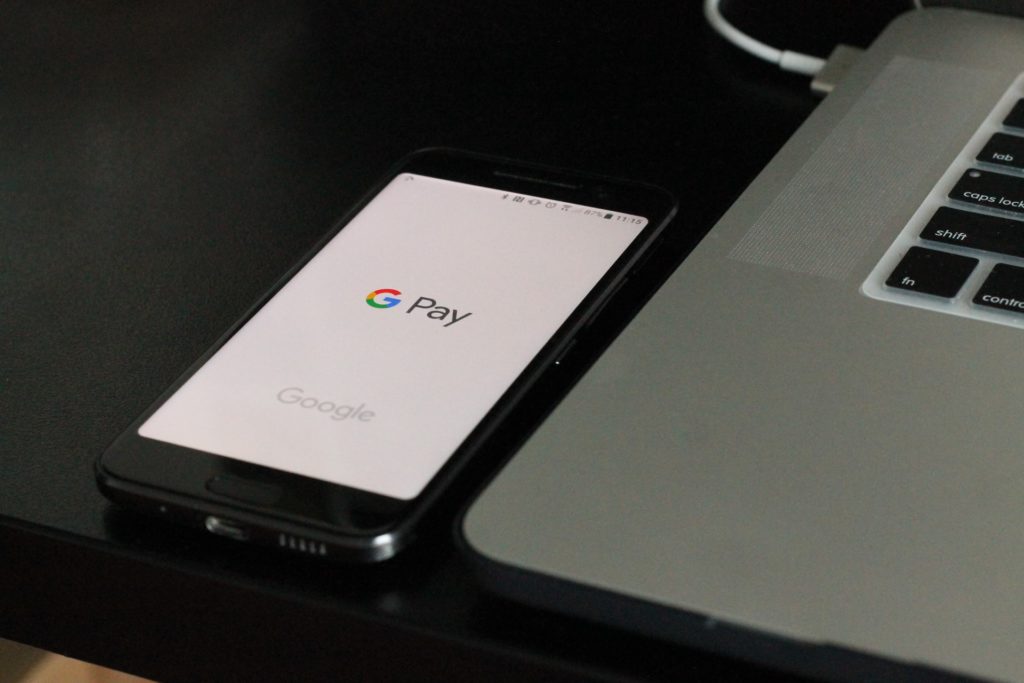Cyber threats are prevalent in the digital world, and businesses are responsible for ensuring secure online transactions for their customers. There are several best practices that businesses can use to prevent security breaches and improve online payment security.
Be compliant with PCI-DSS.
The Payment Card Industry Security Standards Council has established a collection of compliance regulations for businesses that conduct financial transactions. You must be PCI-DSS compliant if you accept, process, store, or transmit credit card data to ensure the safety of payment information. These compliance regulations can be complex without the help of an IT specialist.
Use verification systems.
One of the best ways to keep your account secure is to use two-factor authentication. When a fraudster gains access to one of your accounts, they have access to financial account information. Two-factor authentication will alert you if your account is being accessed on an unfamiliar device and ensure every login is secure. Consider using a personal verification system for big-ticket purchases. Users can verify their identity using a driver’s license or passport, so they can proceed with a purchase without waiting for confirmation.
Businesses and customers are both susceptible to identity theft and bank fraud. You should only work with reputable suppliers and vendors who offer quality products and secure payment transactions. Investing in business inventory, such as restaurant equipment, is expensive, especially when purchasing brand new. The Restaurant Warehouse provides used restaurant supplies in Seattle at low prices. The restaurant supply store provides a range of quality commercial freezers, refrigerators, small wares, dinnerware, pots, pans, glassware, and more. Customers in the city of Seattle can enjoy next day delivery and take advantage of financing options.
Never store customer payment information.
The easiest way to ensure secure online payments is to immediately delete payment card data once the transaction is complete. Businesses must comply with strict standards regarding customer account information, such as never storing CVV data. Should you need to store card data, utilize a private network, encrypt data, and keep it in cloud-based storage. Never include a customer’s full credit card number or expiration date on an emailed receipt.
Educate yourself and your employees.
Most data breaches are the result of human error. It’s not enough to comply with regulations and use the latest security systems to protect financial transactions. You must educate yourself and your employees about the latest security threats and risks. Everyone should know how to spot suspicious activity, how to handle phishing emails, the importance of confidential information, and how to keep workspaces and devices secure.
Financial institutions are treasure troves of bank account, credit card, and debit card information for thieves. ATM machines are particularly susceptible to fraudsters who manage to steal ATM card numbers despite security cameras. E-Com Profits explains the different types of ATM fraud that banks are fighting against. ATMs should be inspected daily to check for skimming devices hidden on the card reader. Skimmers allow thieves to catch both card numbers and personal identification numbers entered on the keypad.
Every ATM terminal should be equipped with a security camera to protect against ATM skimmers. Rather than using a traditional magnetic strip, new debit and credit cards are embedding chips that better protect account information.
Always verify the transaction.
There are several ways that you can verify transactions without card details present. Always ensure there’s an address verification (AVS) match, and require customers to input their card’s CVV number. Unusually large orders placed by returning customers should raise suspicion, and you should get in direct contact with the customer. Pay attention to small details like orders being shipped to areas notorious for fraud or customers ignoring special offers.
Being compliant with regulatory practices, using verification systems, being smart with card data, educating yourself and your employees about types of fraud, and verifying transactions are some of the best practices for secure payments.

